Acacia Cutting Propagation – Learn How To Root Acacia Cuttings
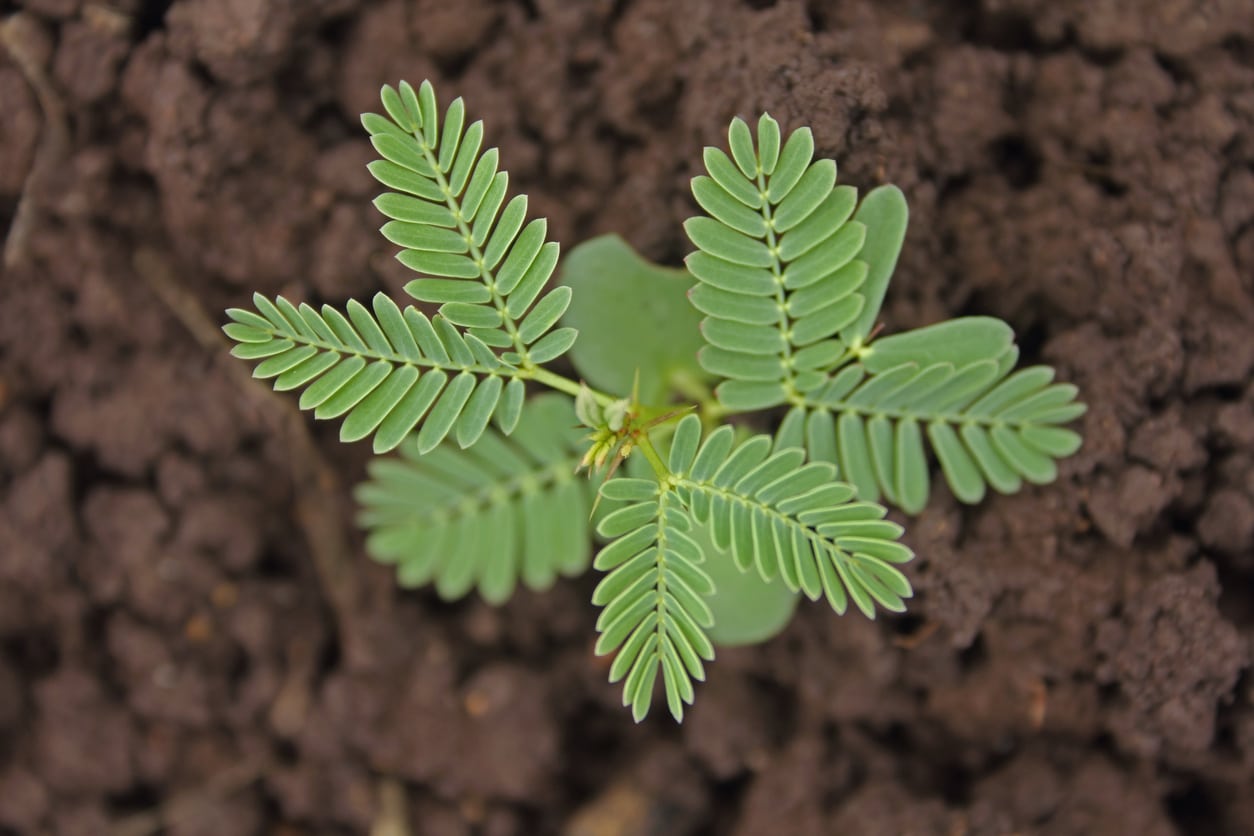

The acacia clan (Acacia spp.) is a very large family, so it isn’t surprising that one form of propagation works better for some species, while another is optimal for other species. For certain cultivars and in certain conditions, the only way to duplicate the parent plant is propagating acacia cuttings. Acacia cutting propagation isn’t very difficult. If you want to start growing acacia plants from cuttings, there are a few important points to keep in mind. Read on for information on how to root acacia cuttings as well as tips on how to plant acacia cuttings.
About Acacia Cutting Propagation
When you are starting on acacia cutting propagation, remember that it is not the method of choice for all plants. Many species grow better and easier from seed. However, some ornamental cultivars don’t always look like their parent plants when grown from seed. This is particularly true if you get your seeds from an area where different Acacia species (including some from different climatic zones) grow together. If there is an opportunity for the production of hybrid seed, the baby plants may not be true to type. This is when you’ll want to be propagating acacia cuttings. You are sure, by growing the plants from cuttings, to get new plants identical to the parents.
How to Root Acacia Cuttings
Growing acacia plants from cuttings starts with taking cuttings. You’ll want to clip off some half-hardened wood 2 to 6 inches (5-15 cm.) after the plant has flowers. Use a sterilized pruner to snip it just below a node, then remove the lower leaf-like structures and any flowers or buds. When rooting acacia cuttings, take time to dip the bases of the cuttings in rooting hormone. After that, place the cuttings in small plastic containers filled with moist potting soil. Place the cuttings under plastic or in a propagator or glass house. When seedlings are large enough to handle, transplant them into larger pots some 3 inches (8 cm.) in diameter. When roots grow out the pot drain holes, repot them again into larger pots. Harden off these pots in a shady area that gets some morning sunlight for a few weeks. After that, gradually give them a little more sun each day, watering regularly to prevent them from drying out.
How to Plant Acacia Cuttings
Don’t let those young acacia plants stay in the pots too long. It’s important to move them into the garden relatively quickly since they grow long roots that make transplanting more difficult. Site is important when planting. Take your acacia cuttings, look for a sunny site with well-draining soil for the plants’ new home. Work the soil well, removing any weeds, and then dig planting holes twice the size of the pots. Young plants require moist soil. So, remember to put lots of water in the planting holes and let it drain away several times before the plant goes in. Then remove the little plants and place them in the holes, roots down. Plant them at the same depth as in the container. Keep watering weekly until the new acacias are established.
Gardening tips, videos, info and more delivered right to your inbox!
Sign up for the Gardening Know How newsletter today and receive a free copy of our e-book "How to Grow Delicious Tomatoes".

Teo Spengler is a master gardener and a docent at the San Francisco Botanical Garden, where she hosts public tours. She has studied horticulture and written about nature, trees, plants, and gardening for more than two decades. Her extended family includes some 30 houseplants and hundreds of outdoor plants, including 250 trees, which are her main passion. Spengler currently splits her life between San Francisco and the French Basque Country, though she was raised in Alaska, giving her experience of gardening in a range of climates.
-
 Looking For Plants To Give You The Soft And Fuzzies? Try These 5 Fuzzy Leaf Plant Options
Looking For Plants To Give You The Soft And Fuzzies? Try These 5 Fuzzy Leaf Plant OptionsLovers of texture, drama, silver foliage and tactile plants will adore these special sensory garden additions. These fuzzy leaf plant options will leave you all aglow
By Susan Albert
-
 Get Ready For A Summer Of Hummers! Grow These Full Sun Hummingbird Plants and Flowers
Get Ready For A Summer Of Hummers! Grow These Full Sun Hummingbird Plants and FlowersIf you’re lucky enough to enjoy a sunny backyard, make sure you are maxing out on your pollinator opportunities and grow these full sun hummingbird plants and flowers
By Tonya Barnett
-
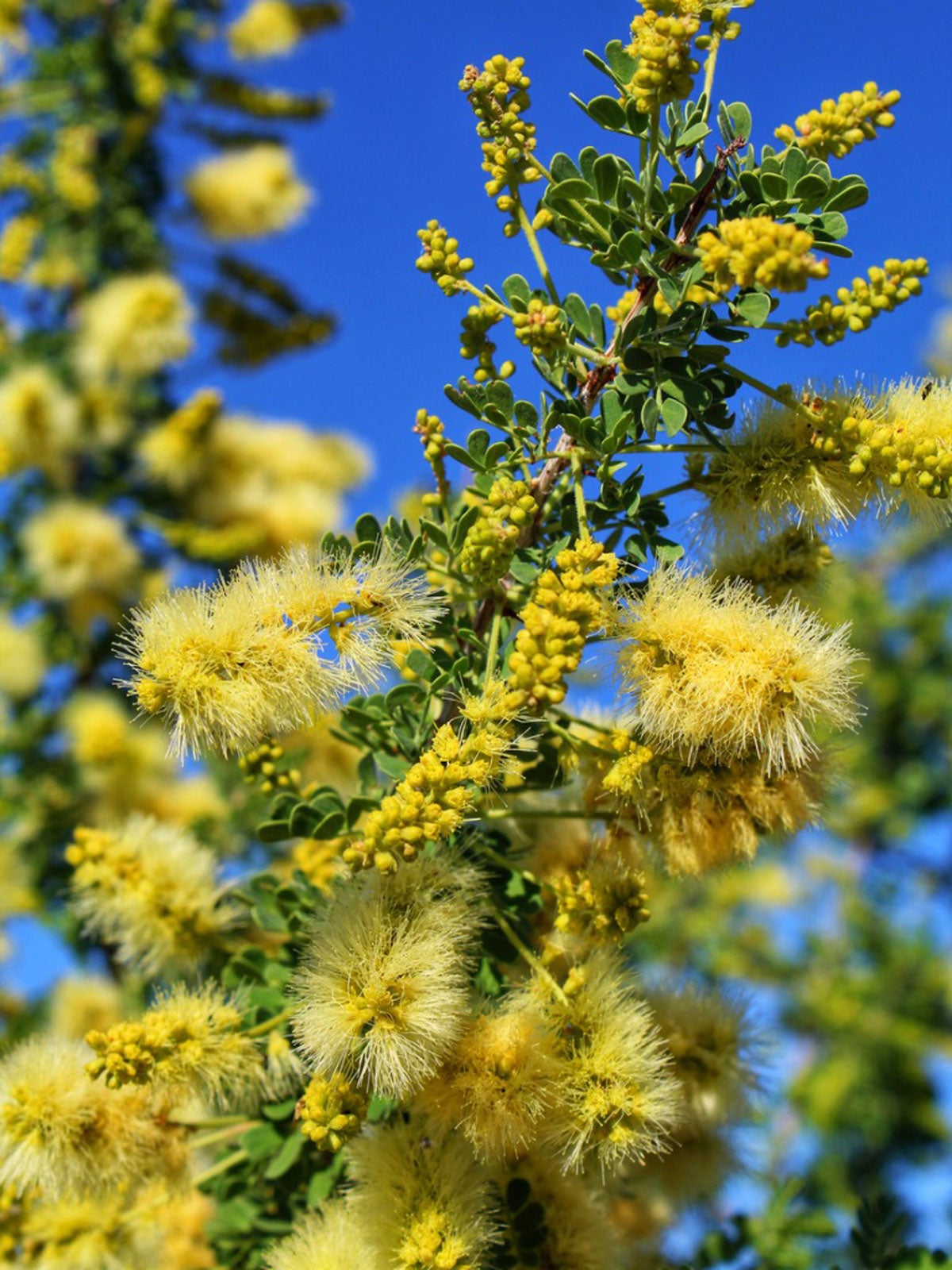 Catclaw Acacia Facts: What Is A Catclaw Acacia Tree
Catclaw Acacia Facts: What Is A Catclaw Acacia TreeLooking for a small tree or large shrub that grows primarily along streambanks and washes, and in chaparral? Learn about catclaw acacia here.
By Mary H. Dyer
-
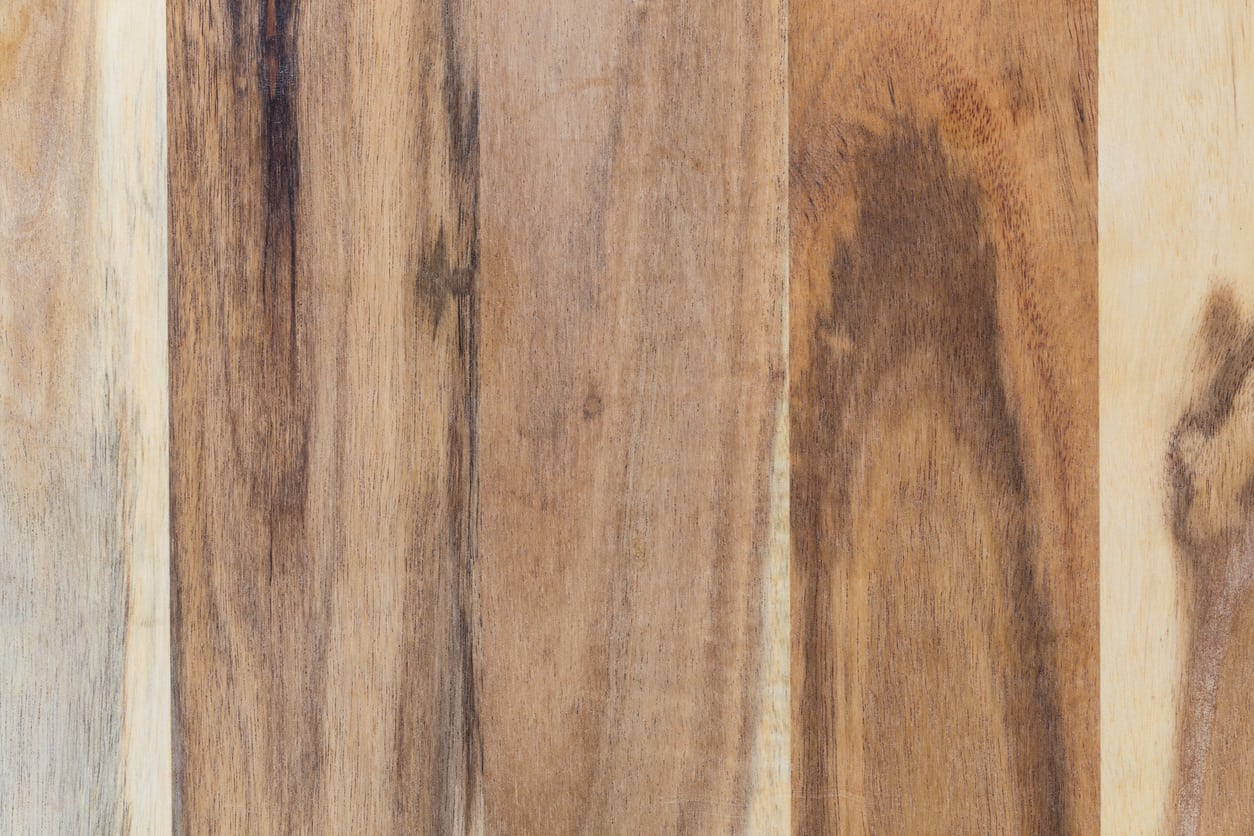 Wood From Acacia Trees: What Is Acacia Wood Used For
Wood From Acacia Trees: What Is Acacia Wood Used ForWood from acacia trees has been used by the Aboriginal people of Australia for centuries and is still in use. What is acacia wood used for? Acacia wood has many uses. The following article contains information on acacia wood uses and more.
By Amy Grant
-
 What Is A Bailey Acacia Tree – Tips For Growing A Bailey Acacia Tree
What Is A Bailey Acacia Tree – Tips For Growing A Bailey Acacia TreeThe Bailey acacia tree produces many pods filled with seed. It is a nitrogen fixing member of the pea family and can help improve soil. Here are some tips on growing a Bailey acacia so you can harness its benefits for your landscape and home.
By Bonnie L. Grant
-
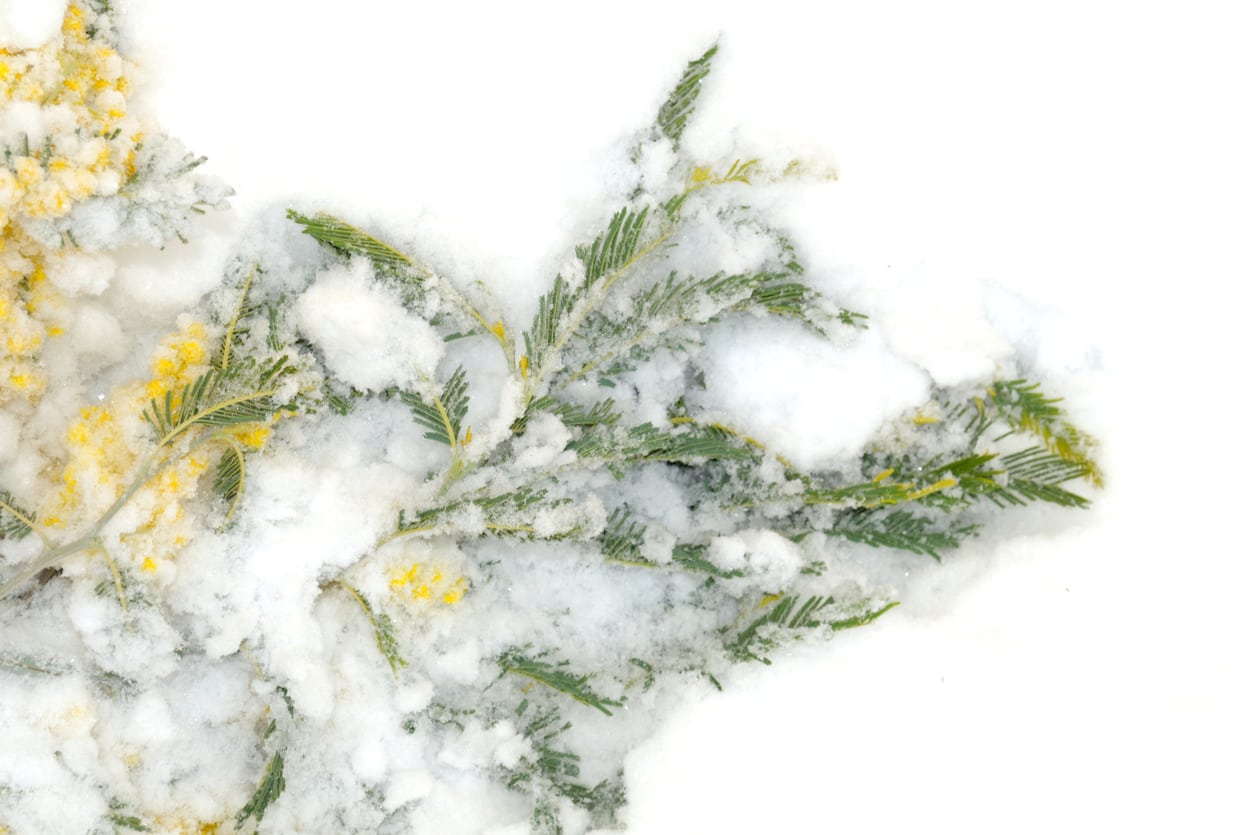 Acacia Winter Care: Can You Grow Acacias In Winter
Acacia Winter Care: Can You Grow Acacias In WinterCan you grow acacias in winter? The answer depends on your growing zone and the type of acacia you hope to grow. Learn more about hardy acacias and cold weather in this article. Click here for additional information.
By Mary H. Dyer
-
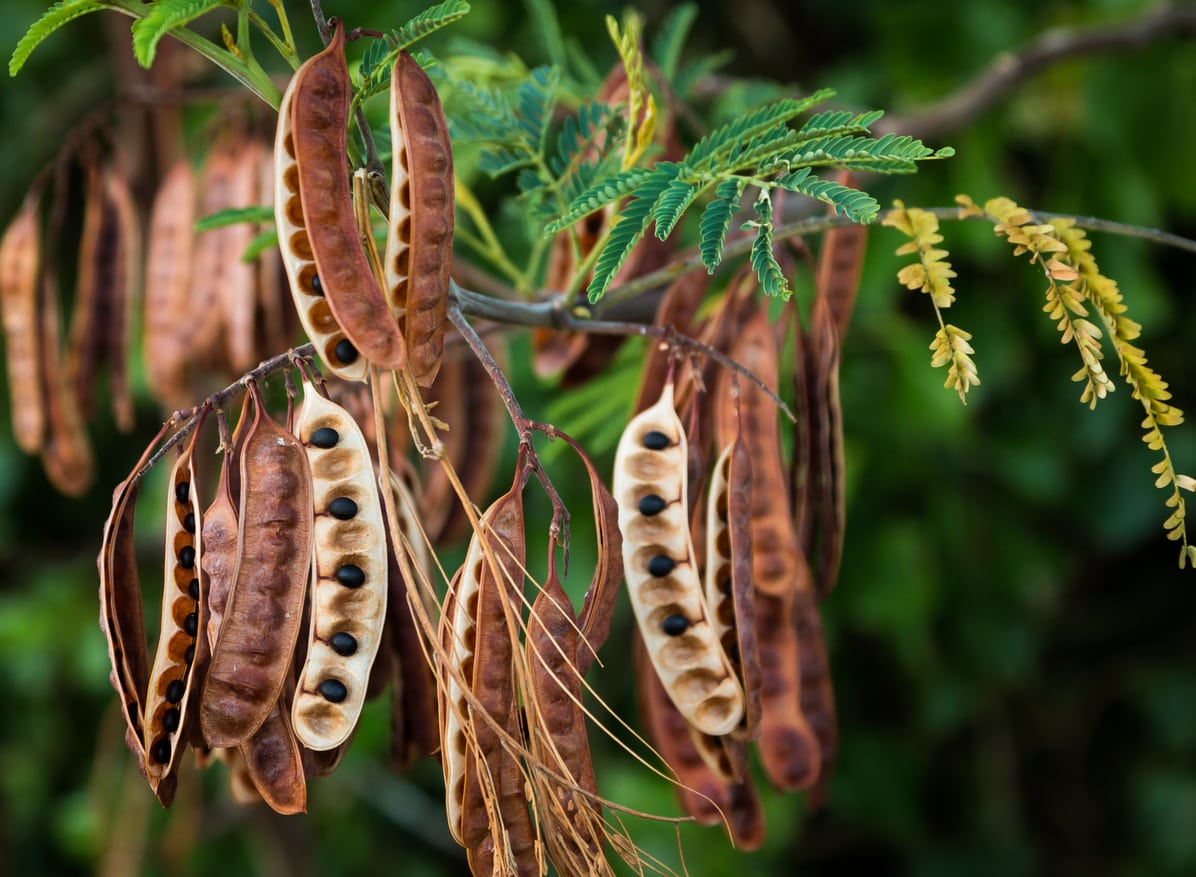 Propagating Acacia Trees – Learn How To Grow New Acacia Trees
Propagating Acacia Trees – Learn How To Grow New Acacia TreesWhile there is a lot of variety within the genus, acacias tend to be attractive, with beautiful yellow or white flowers and, in some cases, impressive thorns. But what do you do if you want more acacias in your life? Click here to learn more about acacia reproduction.
By Liz Baessler
-
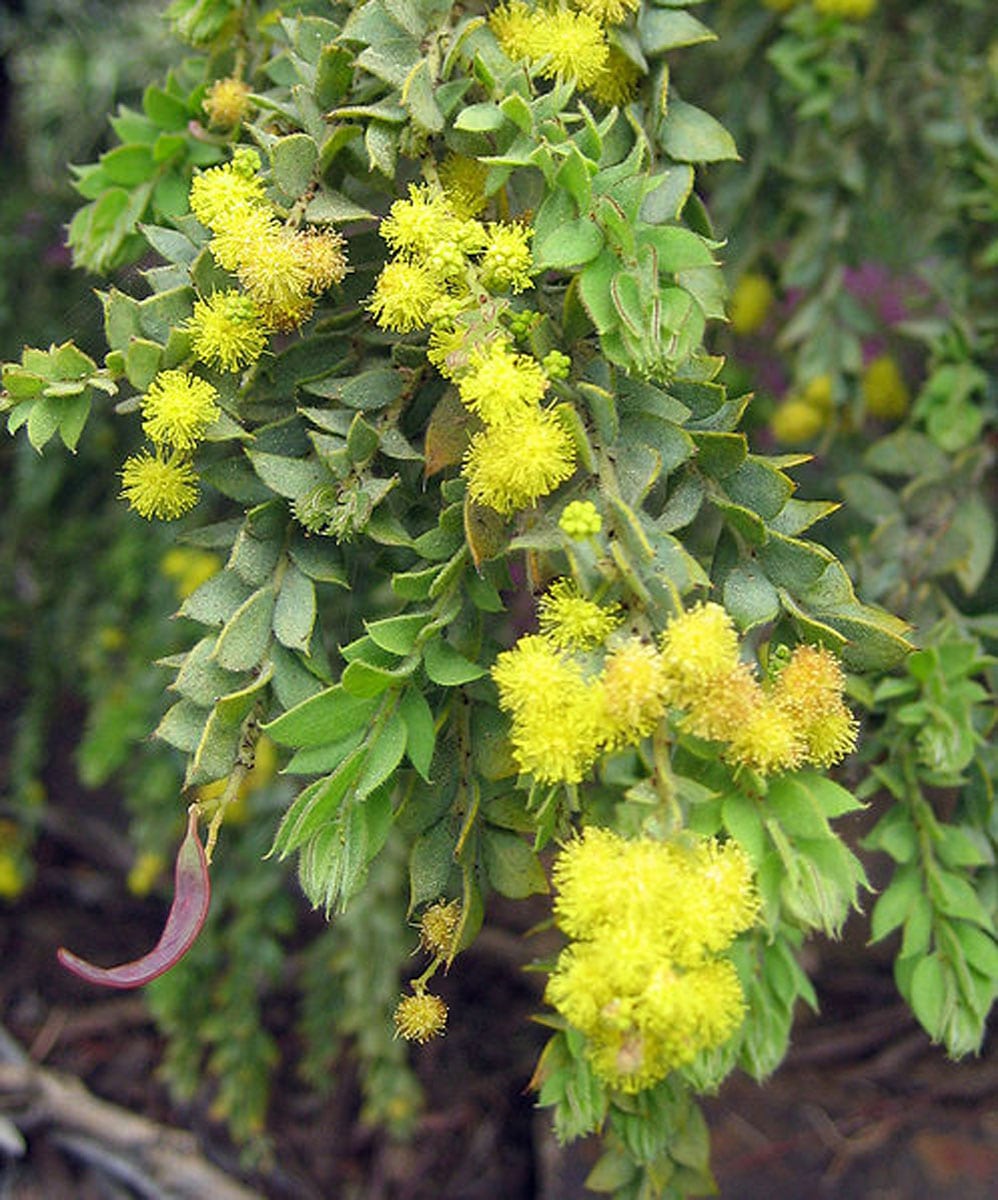 Knifeleaf Tree Care – Learn How To Grow Knifeleaf Acacia Trees
Knifeleaf Tree Care – Learn How To Grow Knifeleaf Acacia TreesAcacias are one of the wonders of the savannah. In Australia, these magnificent plants are called "wattle" and Knifeleaf acacia trees are an outstanding example of native flora. Some background on the tree, found here, will help you decide if the plant is right for your landscape.
By Bonnie L. Grant
-
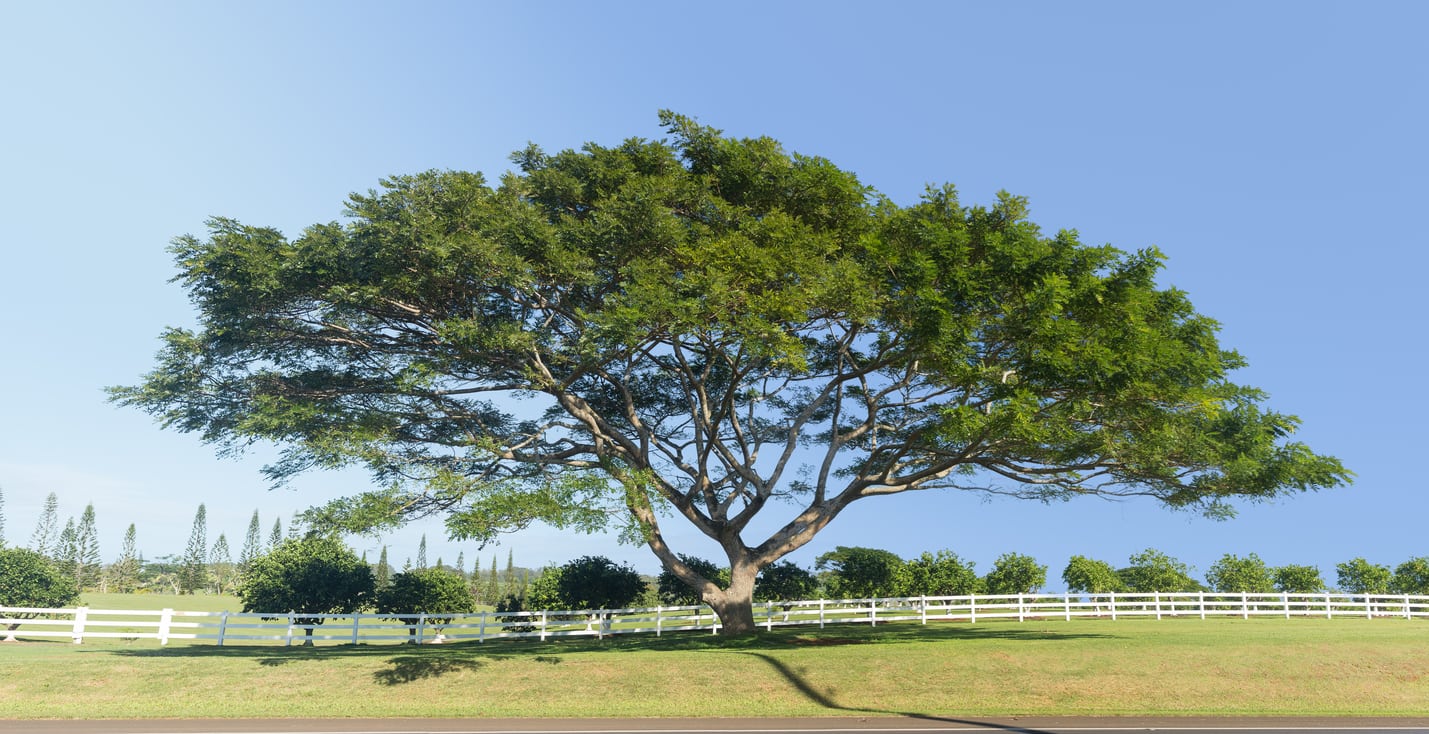 Acacia Koa Information And Care: Where Do Acacia Koa Trees Grow
Acacia Koa Information And Care: Where Do Acacia Koa Trees GrowGrowing a koa tree should only be attempted where the conditions are right, namely those of Hawaii, its native area. These are beautiful shade trees that do best in their natural habitat but can be grown to a shorter lifespan and smaller size. Click here for more info.
By Mary Ellen Ellis
-
 Guajillo Acacia Info – Tips For Growing A Texas Acacia Shrub Or Tree
Guajillo Acacia Info – Tips For Growing A Texas Acacia Shrub Or TreeThe guajillo acacia shrub is drought-tolerant and native to Texas, Arizona, and the rest of the Southwest. It is a great choice in landscapes and gardens for ornamental purposes and to screen areas or attract pollinators. Learn more about it in this article.
By Mary Ellen Ellis